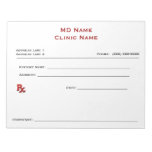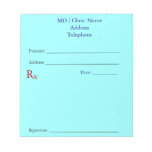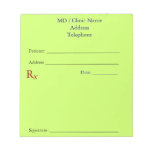It’s becoming clear that the Affordable Care Act is working to cut the number of uninsured Americans. But are U.S. physicians ready for an influx of these newly insured patients? If you’re not ready, what are the best ways to deal with an increased patient volume without sacrificing quality of care or patient satisfaction with your medical group?
The number of uninsured Americans continues to decline since ACA open enrollment began in 2013. For example, 29 million people were uninsured in the first quarter of 2015, according to the CDC’s National Center for Health Statistics, down from 44 million people in 2012. This means the percentage of uninsured Americans dropped from 17% in 2012 to 9% now.
How many new potential patients is that? 17 million more insured, according to a RAND Report.
Okay, so maybe our prediction of 32 million in June 2013 was a bit off. But some of the tips we outlined to treat a larger patient population still apply:
#1: Add Another Physician
New physician hires can handle more patients without extra supervision – that’s an obvious advantage. So if doctors in your medical group see an average 40 patients a day, each new doctor you add should see about the same number.
This strategy also allows you to incorporate a different kind of specialist. If you’re constantly referring patients to a particular type of doctor, keep that revenue in-house by hiring a physician who specializes in that field.
On the downside, hiring a new physician can be costly. Another doctor will have gone through the rigors of medical school and expect to be paid accordingly. A potential power struggle with a physician who has different ideas about how the practice should be run is another potential source of concern.
#2: Hire a Physician’s Assistant
Physician assistants cost less to add to a medical group, with an average annual salary of $93,000 in 2013. That’s still a considerable expense, but about half the salary demanded by a physician – an estimated $188,000 — according to the same U.S. News report.
Plus, PAs can pay for themselves in terms of profits generation. According to MGMA, for every dollar a PA generates for the practice, the employer pays only 30 cents to employ the PA.
Of course, PAs cost less to hire because they aren’t qualified to perform all the duties of a physician. So expect times when they can’t handle certain patients. Also, they need supervision to make sure they continue to deliver quality treatment.
#3: Embrace TechnologyThanks to the HITECH Act and the resulting Meaningful Use incentives, many physician practices have adopted electronic health records (EHRs). As of July 2015, more than 474,000 health care providers received payment through the Medicare and Medicaid Electronic Health Record Incentive Programs, according to CMS.
The benefits are promising. Top-notch EHRs contain appointment scheduling, patient tracking and template-building features that can help get more patients through your practice faster without hiring more staff.
EHRs offer the potential to get away from the administrative work that inundates much of a physician’s day. This is time that could be spent treating new patients.
Yet, technology doesn’t always live up to its promise. A 2014 KLAS survey reveals that 27% of practices of all sizes plan to replace their EHR system. If you don’t do your due diligence and choose the right EHR the first time, it could result in a serious waste of money.
Such a rapid increase of new patients in the market may never happen again. It’s important to weigh the negatives and positives of each method and choose the best solution for your practice profitability for years to come.





No comments:
Post a Comment